Researchers from MIT’s SPARK Lab have developed a drone capable of high-speed aerial grasping using four soft finger-esque projections and an onboard perception system.
From Superinnovators 07/09/24
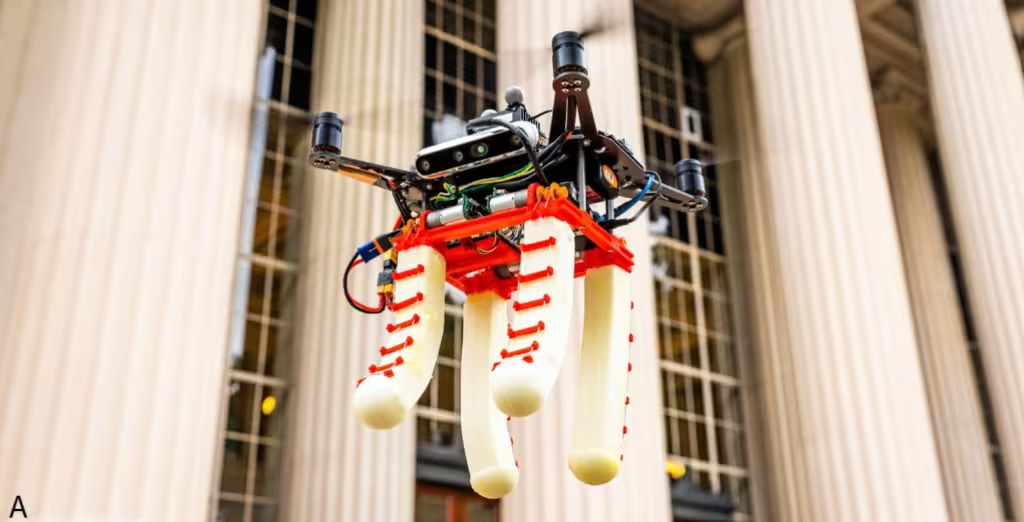
The drone features a tendon-actuated soft gripper, which is designed to close quickly and adjust to various object shapes.
This system enables the drone to perform precise grasps even when there are position errors.
The drone’s perception system combines a neural-network-based keypoint detector with a 3D object pose estimator, allowing it to track and grasp objects effectively.
The drone can achieve grasp speeds of up to 2 m/s, which is the fastest vision-based aerial grasp reported.
In experiments, the drone successfully grasped static and moving objects in both indoor and outdoor environments.
The soft gripper’s compliance helps mitigate reaction forces during high-speed grasps, enhancing the drone’s stability.
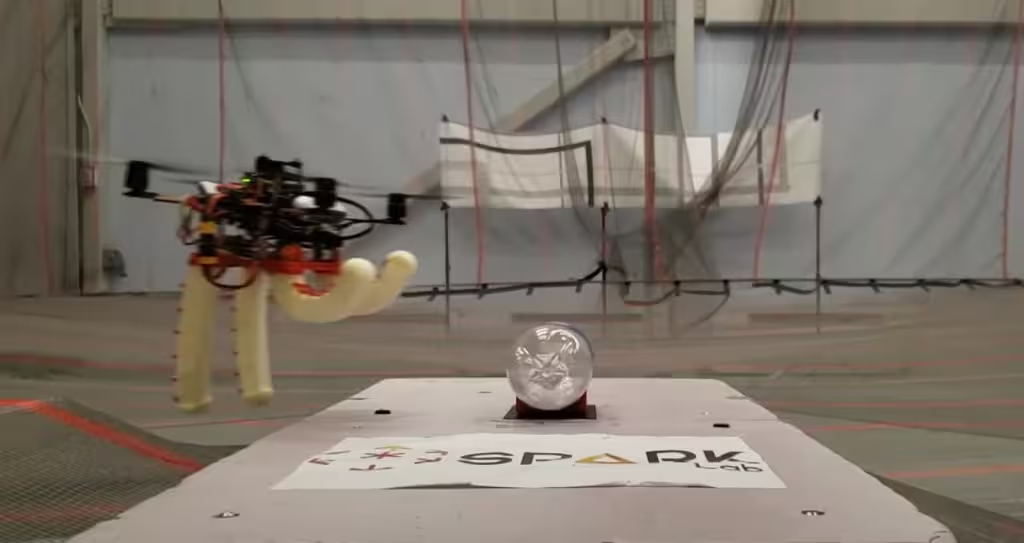
The researchers demonstrated the drone’s ability to grasp objects from a moving platform, further showcasing its versatility.
This innovation could have significant implications for tasks such as rapid package delivery and emergency relief.
The system operates entirely onboard, without relying on external motion capture systems.
This capability is crucial for real-world applications where such infrastructure is unavailable.
According to the researchers, the soft drone’s design offers robustness and adaptability, making it suitable for dynamic, unstructured environments.
The drone’s success in outdoor tests highlights its potential for practical deployment beyond controlled lab settings.
The results of the project were published in NPJ Robotics journal.
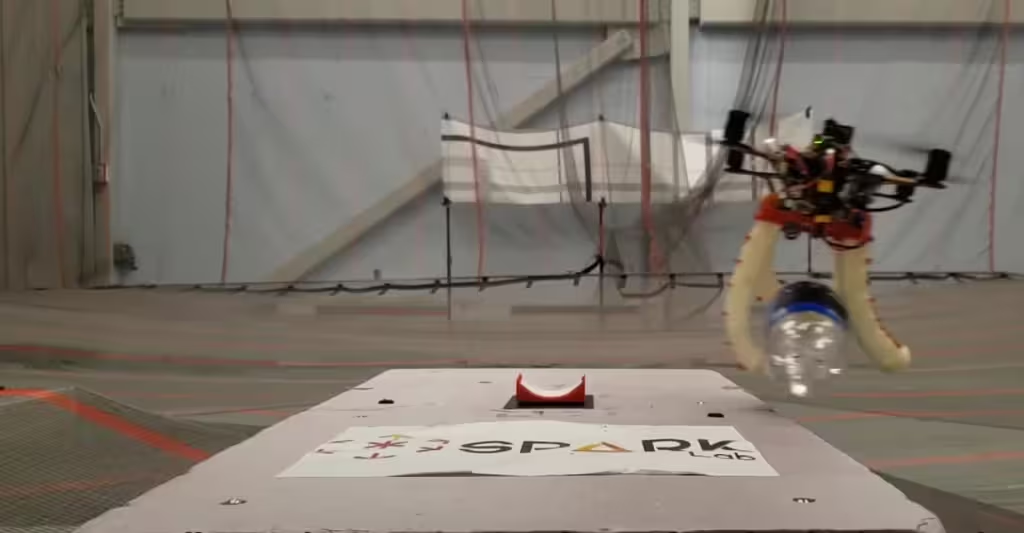
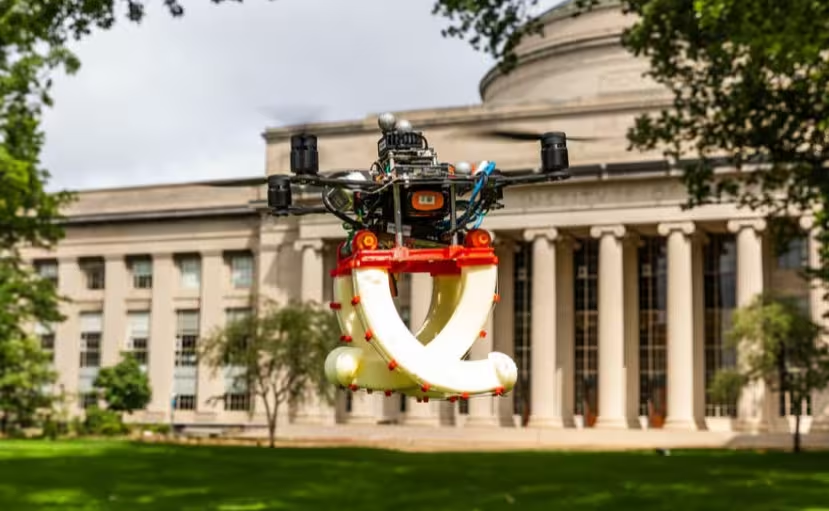

More info
You may also be curious about:
-

In world 1st, high-quality cat stem cells generated without genetic footprint
-
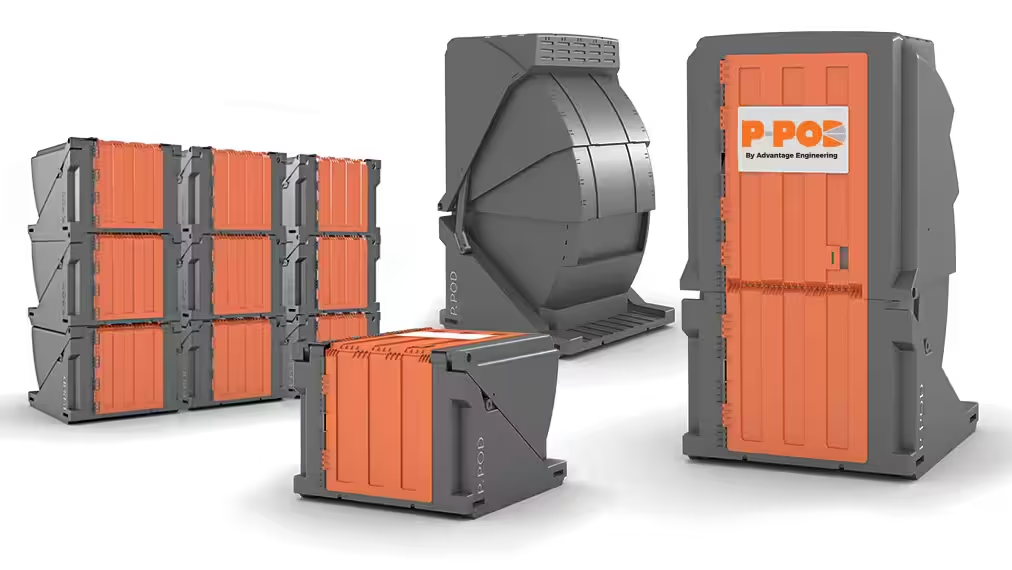
Collapsible portaloos
-

Road marking machine prints signs directly onto the highway surface
-

Waist-mounted hiking cart for kids with disabilities
-
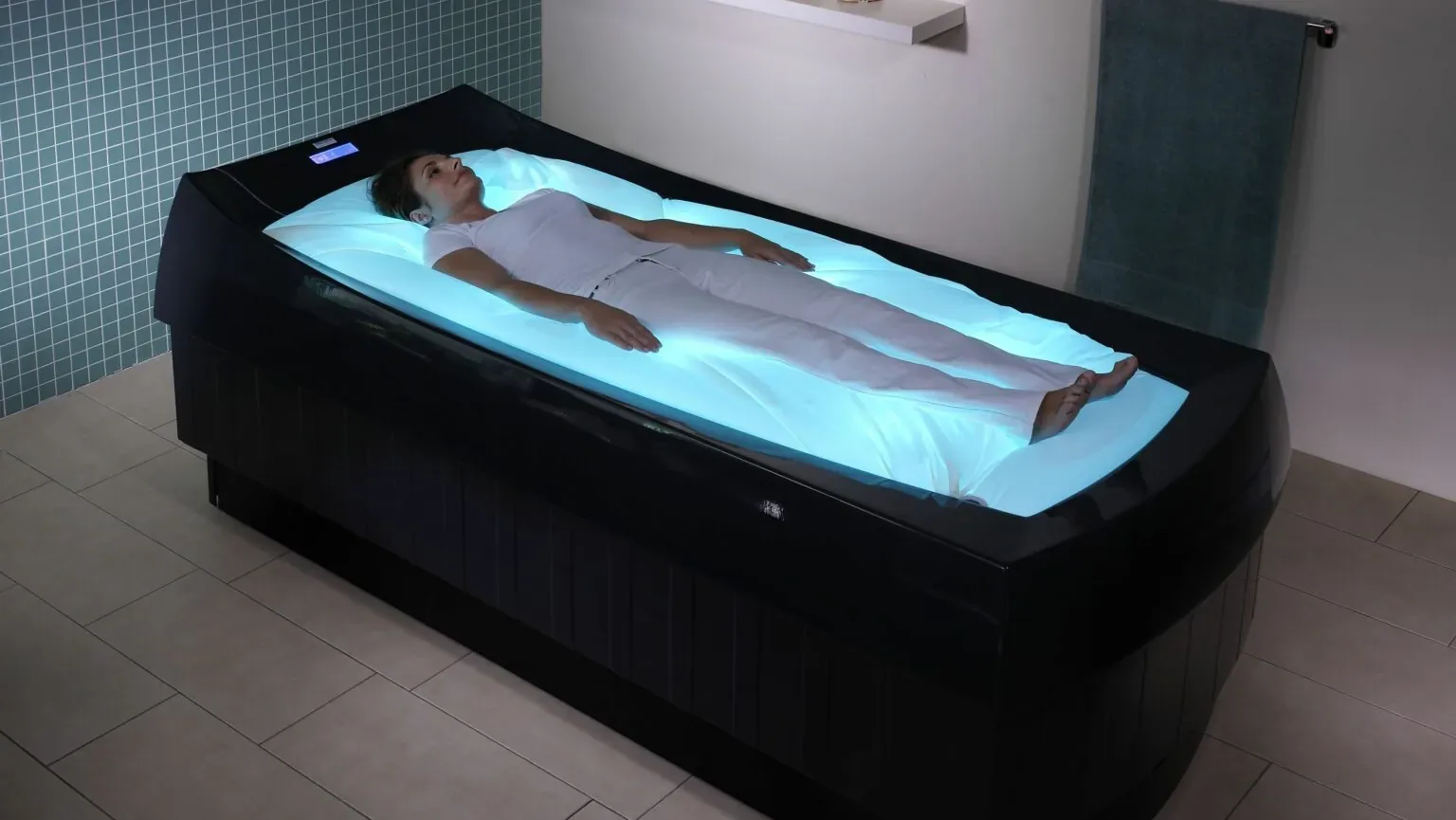
Dry floatation therapy calms without getting you wet
-

MobileSpike: Robotic arm punctures tyres during police pursuits
-

Window cleaning bots wash New York skyscraper
-

Pram/stroller attachment lets adults scooter along with their baby
-

Can fungi turn food waste into the next culinary sensation?
-

Next-gen Seastar flying boat completes first flight
-
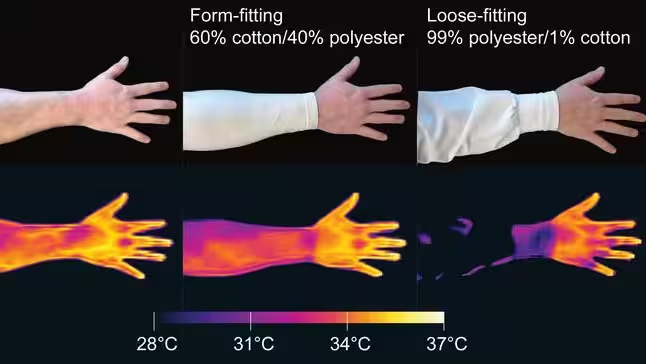
Mosquitoes sense infrared from body heat to help track humans down
-
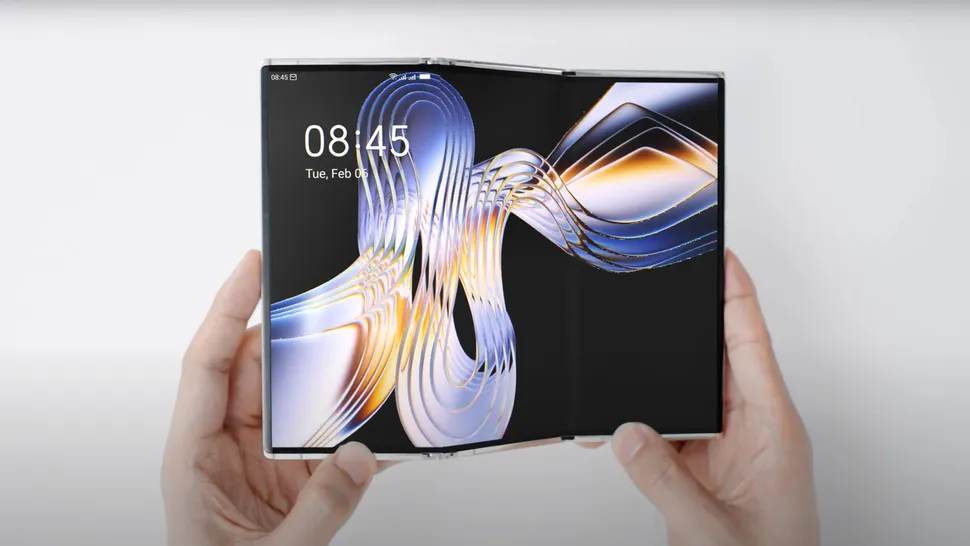
World’s first tri-fold mobile concept transforms into 10-inch tablet
